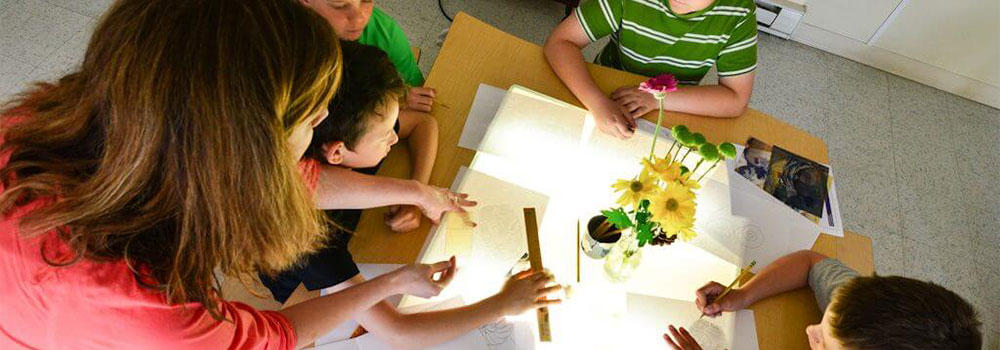In project-based learning model (PBL), passionate learners are given opportunities to investigate questions even more deeply in order to learn through hands-on training.
PBL is different from the conventional classroom approach because here active participation, critical thinking, and teamwork form the crux. The experience of working on authentic problems prepares learners with the talents required for work across the globe in the modern time.
As a result, continue reading and learning about importance of project based learning.
Understanding Project-Based Learning

Project-Based Learning is a paradigm which is designed around learners carrying out the extended and multilevel projects. These projects are intended to be an integral component of the curricula that target complex matters or harmful effects of which students must utilize their basics from different courses. P
BL motivates curious thinking, investigative work and creative problem-solving. Because of it, students are charged with the red thread ownership of their learning path.
PBL, Project-Based Learning, is a methodology whereby pupils actualize projects which focus on true, real-world events that are inquiring, critical thinking, and teamwork building.
The Pillar Points Of Project-Based Learning
There exist a couple of pointed attributes that distinguish the successful Project-Based Learning. In addition, the projects should be real life, relevant, and significant in that students can connect them to their lives or community setting encouraging their intrinsic motivation, and engagement.
In addition, PBL commends the process of inquiry, thus students become curious and focused on the different solutions and connections between subjects.
Collaboration is also important, for example, students are working collectively in one group to solve problems, as well as share ideas and improve knowledge through learning from each other.
Benefits Of Project-Based Learning

Students can obtain the multiplicity of associated advantages through this technique. Active involvement where students accomplish the undertakings also promotes students’ critical thinking skills, ingenious abilities, and communication skills.
Student creativity is another aspect of PBL and students are often required to think in unusual ways and they are also expected to come up with creative solutions. Further, students learn the practical asses and insights of consequences that take them to the next stage of their learning and professional experiences.
Project-Based Learning is a great tool that has many advantages ranging from absorption of academic knowledge to social and practical skills building.
In addition to lab courses, which require practical performance, students apply their cognitive abilities, make independent decisions, and express themselves, when they participate in group projects. Hence, they are ready to become leaders regardless of the area of expertise.
Also, PBL nurtures creativity and innovation. Students are required to take a step out of the box by thinking from different angles and formulating unique ideas to find the solutions to complicated questions. Additionally, students will acquire the skills of contentment, confidence, and communication by engaging in real-life project with which they will be better equipped for their future.
Implementing Project-Based Learning
Realization of project based learning online schools and restorative practices in education demands diligence, care, support, and the accompanied facilities. Educators carry out the tremendous task of creating and planning enriching and tutelary challenging projects, and the students’ experiences are made less burdensome as the educators lead them.
Together with supervisors, community partners, and specialists, PBL experience in school is rich. This allows students to gain a sense of authentic learning through interaction with the outside world. It is revealing that, as well, technology can be used to give additional impetus to PBL by making research, collaboration and project management easier.
The strong working of the Project-Based Learning can be achieved by strategic planning, well-oiled support systems and enough resources. Educators are an important part of the agenda-crafting process in designing learning projects.
Conclusion
Project-based Learning can be called a flexible and non-traditional (most probably, rather, multidimensional approach) to learning, which enables student to gain thorough understanding of the concept, to develop critical thinking, and to effectively communicate with classmates.
PBL provides the platform for students to partake in assignments which are in line with the present world. As a result, students feel prepared for the future which is unstable.
In following a model of reality-based education, student-led learning, and cooperation, Project-Based Learning allows students to be equipped with life-long study skills and problem-solving techniques.


